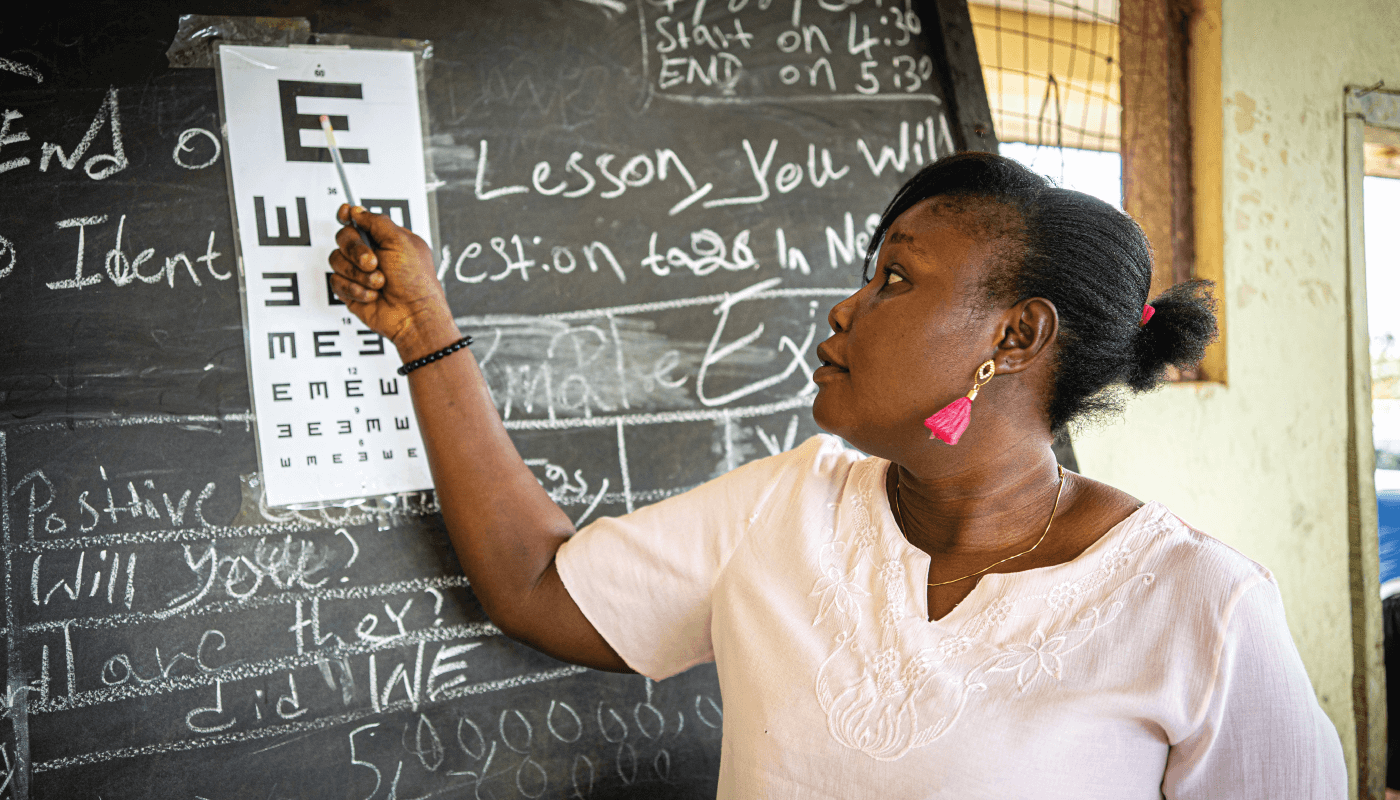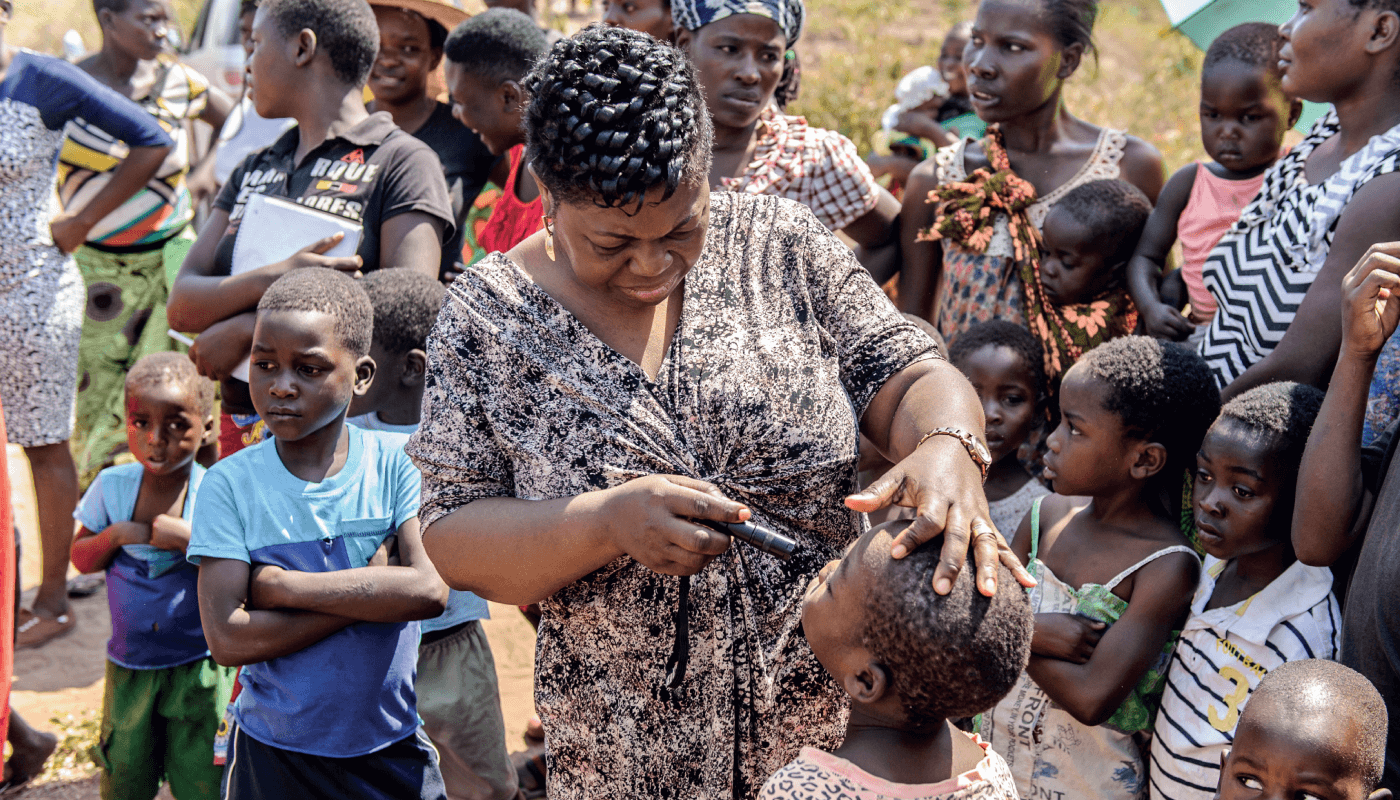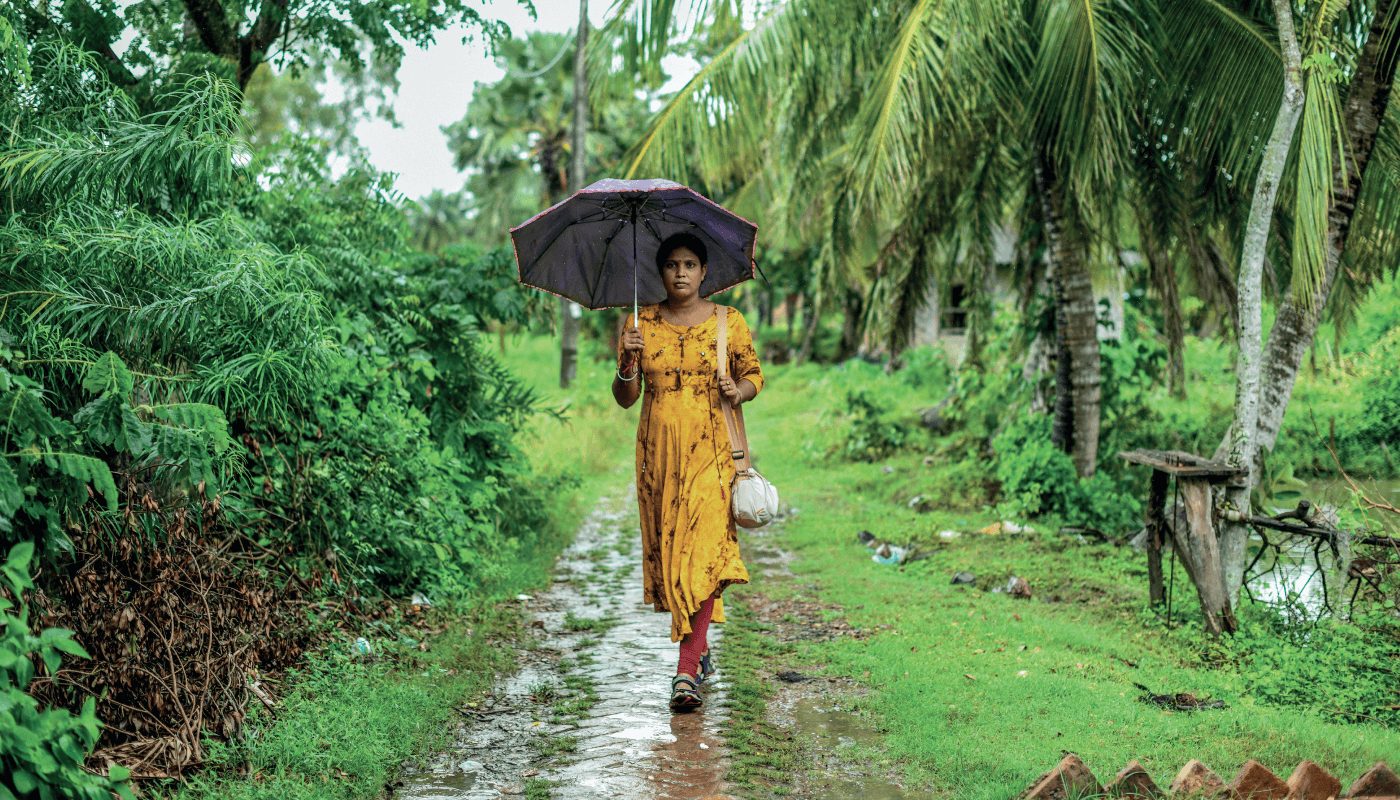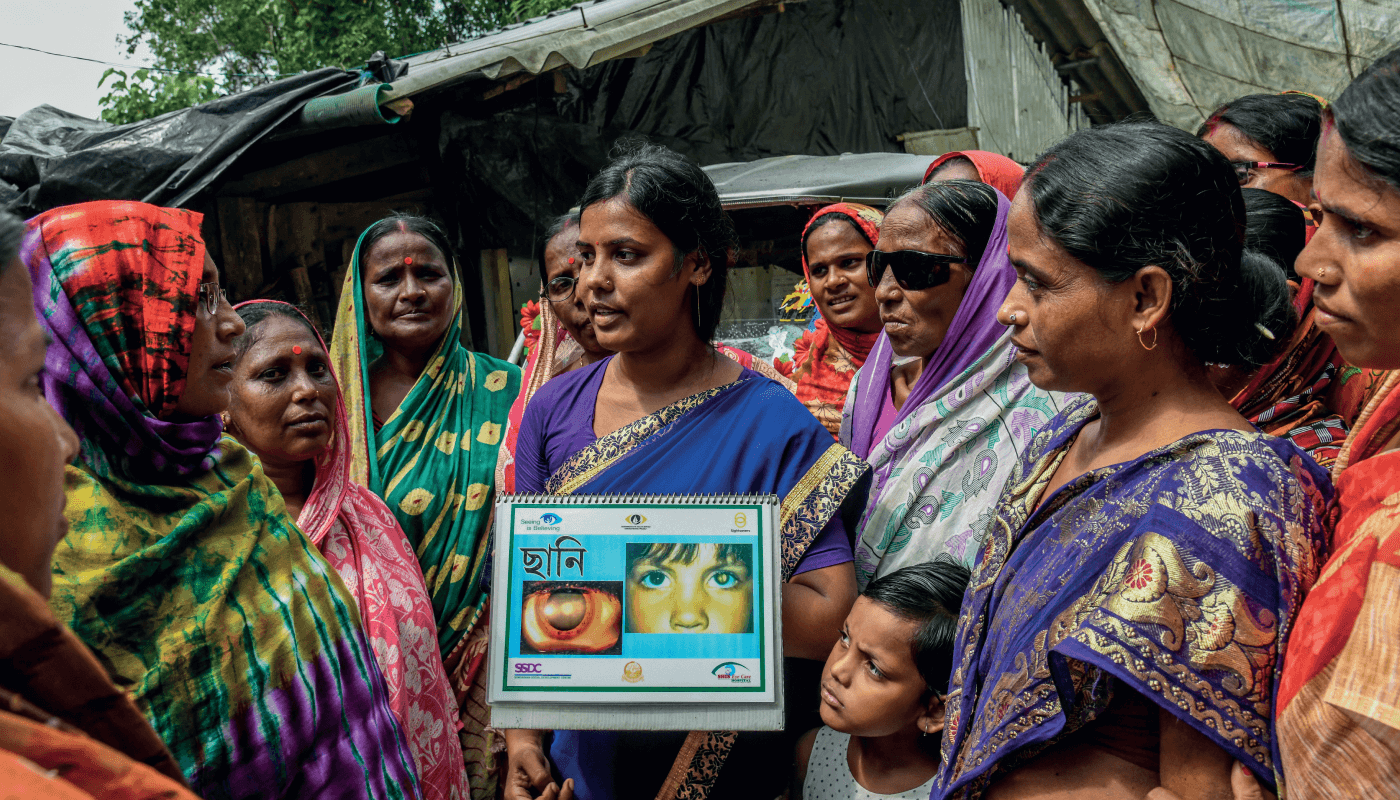
Eye health is blighted by gender inequality – not only are women more likely to be affected by sight-related conditions, but they are also less likely to receive access to eye health services. And yet, women are still hugely underrepresented in eye health leadership and decision making, making up less than 30 percent of senior and executive management roles. This needs to change.
The problem
Of the 1.1 billion blind people in the world, 55 percent are women and girls. Women also have less access to eye health services due to various socio-economic and cultural challenges. This gender and eye health disparity is found globally, in the contexts of all treatable eye conditions. These challenges have been further aggravated by the COVID-19 pandemic, which has had a disproportionately negative impact on women and girls. For example, primary health care and local services were widely disrupted – health services that are most easily accessible for women.
The solution
Women need to be part of the conversation and play a role in making decisions that affect their health and well-being. We know that women and girls are powerful forces for change when given the opportunity. So, here’s four ways eye health organizations can challenge gender bias and discrimination, promote women’s empowerment and encourage more women to be leaders in eye health:
1. Start with data
Data is one of the ways we can make arguments for change; it gives us clear evidence to back up the ideas we put on the table. However, there is still a huge gap in evidence and knowledge with regards to gender equity. We know that many national health and education systems in low- and middle-income countries (LMICs) do not disaggregate data. And, even if they do, it does not often get analyzed and turned into actions. We must be able to understand what is working and what is not, track progress, and adapt as needed.

Gender-disaggregated data also helps us understand how eye health service usage and behaviors differ between women and men, and investigate what barriers people might be facing in varying contexts – from rural Pakistan to central Nairobi. Governments, national and international development partners, and the private sector must all invest more in identifying and filling the gaps in data and evidence – only then will we have first-hand knowledge of how to address challenges and leave no one behind.
2. Look at your policies and who is making them
A recent survey of International Agency for the Prevention of Blindness (IAPB) members found that only 44 percent of organizations have a public commitment to gender equity and a corporate policy in place to support this. Only 34 percent have a workplace policy on gender equity. In other words, women and gender are not being considered in decision making. A significant issue of the past year has been that women, girls, and those with disabilities have not been part of the conversation when putting policies in place to deal with the pandemic.
The problem is systemic; for example, women – and in particular ethnic-minority women – are under-represented in leadership positions in eye health. Eye health providers, at the primary level are predominantly female, but leadership roles tend to be held by men. Globally, fewer than one in five chairs (17.8 percent) are women and only 34.5 percent are CEOs. Our voices, thoughts, and recommendations are missing. Action is needed to promote and support the progression of women to obtain eye health leadership positions and to have them sitting at the table when decisions are made.
However, having a seat at the table is not enough. We also need to make sure that we invest in women’s empowerment by providing the right opportunities; supporting their professional development; and believing in their skills wholeheartedly so they can reach their full potential as eye health leaders. Every investment that empowers a woman sparks a ripple effect that influences not only her life, but the lives of everyone around her.

3. Encourage behavior change
All of the above actions will be made easier if we can encourage behavior change around attitudes to women and the stigma that exists in many contexts. It’s all well and good putting in policies, but you need a belief in women’s abilities for those policies to succeed and barriers to be broken. Being resilient and having a strong belief in the need to change are vital qualities for everyone willing to defy existing gender norms and help shape new ones.
Key to achieving this change is making sure that structured and evidenced behavior change is part of eye health programmes. We need to i) focus on specific behaviors and target audiences; ii) use context-specific messaging; iii) engage men and boys as allies; and iv) adopt innovative ways to reach communities. All these methods are vital in challenging gender bias at all levels.
It is important that men understand what gender equity really means and why it should matter to them. We need to make sure when we are designing interventions that we use the right strategies, messages, and language that will resonate with everyone.
4. Engage, empower, and lift each other
When women are left behind it affects everyone. We need men to speak up against bias and dismantle the barriers that are holding talented women back. However, at the same time, successful and empowered women also need to play their role to support women, to help realize their goals, and to promote them as leaders. As women, we are in this together and it’s time we started lifting each other.
We are resourceful innovators and change-makers. In many LMICs, women are frontline health workers and educators. To eliminate the gender inequities at grass-root levels, now is the time that we should be joining hands, mentoring young women, celebrating each other, and changing the world.
Change needs to start from our own homes, workplaces, and communities. We need to make sure that our eye health programmes and interventions are gender-responsive; the female eye health workforce is well-supported and appropriately resourced, and women are part of policy discussions and decision-making.
Gender equity is essential to sustainable development. And though the world is evolving, change is not going to happen on its own. To bring about a fairer and more sustainable future, we need to make sure everyone is included. And that means looking to see where people are being left behind and putting in the work, policies, and practices to right the wrongs. We still have a long way to go, but I believe that we can do it together.

